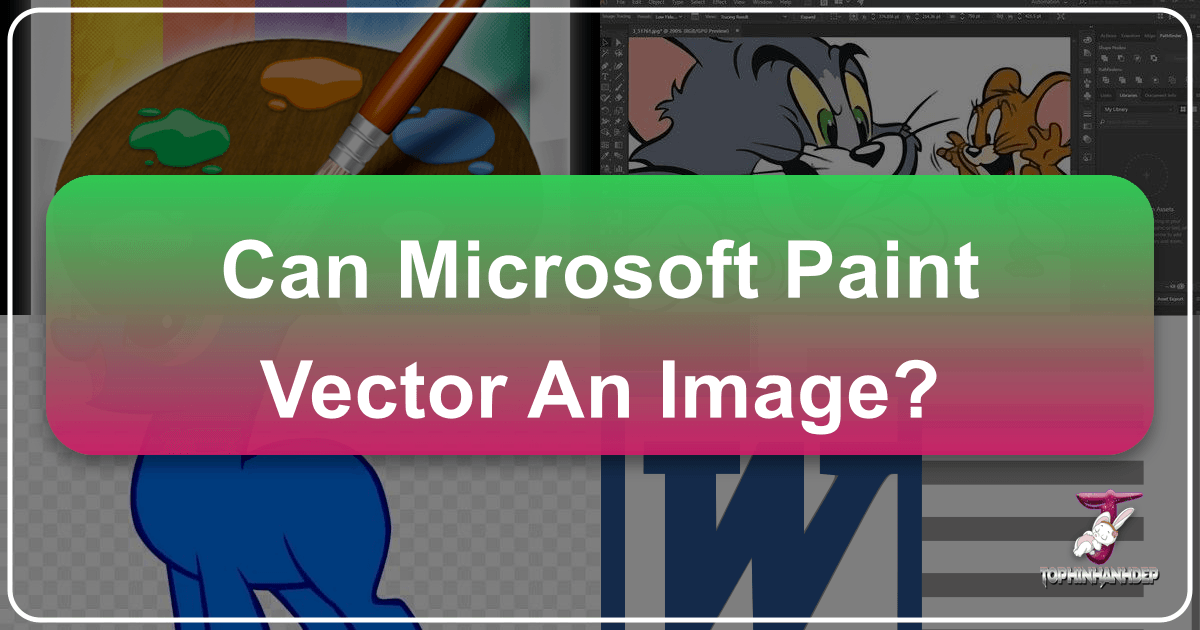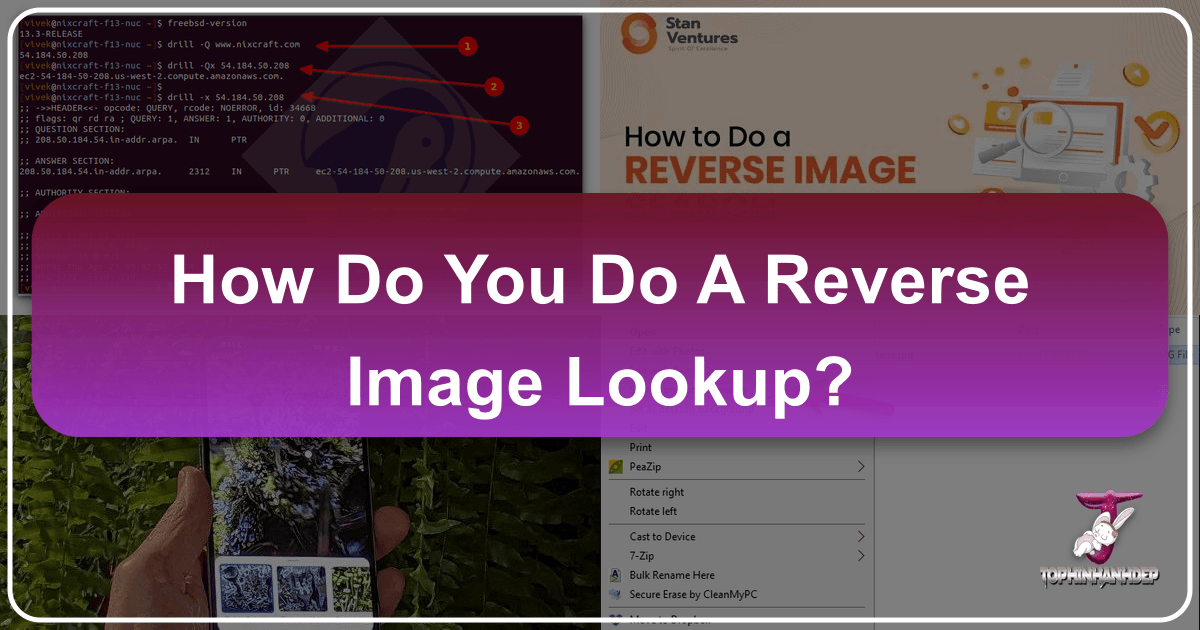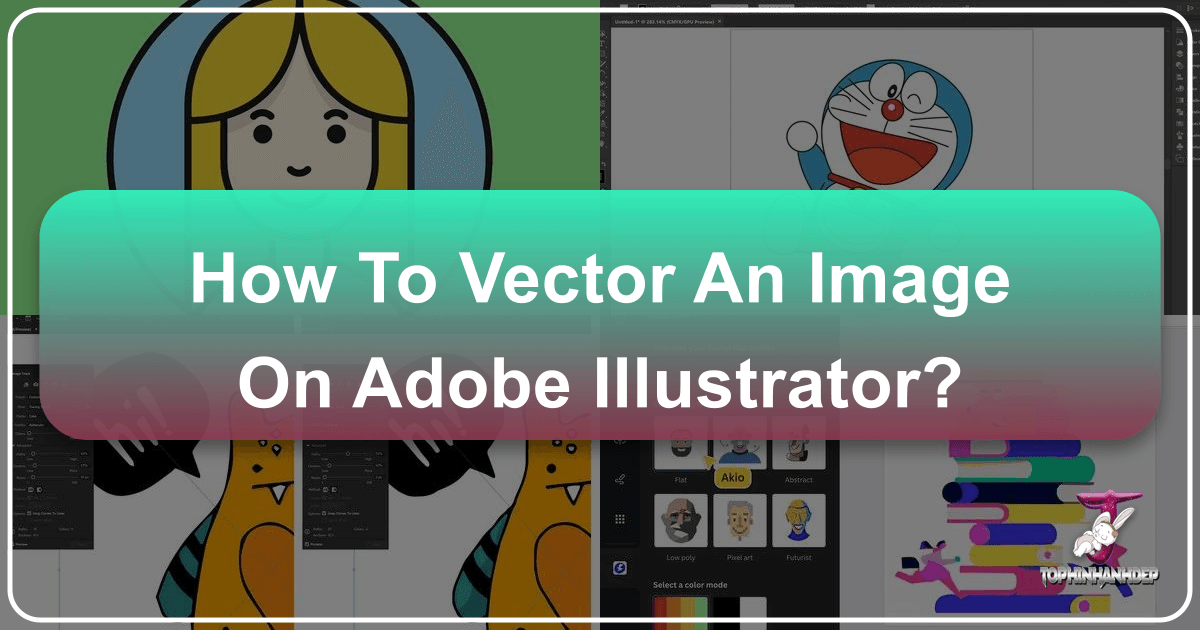Can Microsoft Paint Vector an Image? Unraveling Raster vs. Vector in Digital Art and Image Creation
The question of whether Microsoft Paint can “vector an image” is a common one that delves into the fundamental differences between two core types of digital graphics: raster and vector. For enthusiasts and professionals navigating the vast world of digital imagery, understanding this distinction is crucial, especially when creating, editing, and optimizing content for platforms like Tophinhanhdep.com, which specializes in diverse image categories from wallpapers and backgrounds to aesthetic photography and abstract art. While Microsoft Paint holds a nostalgic and practical place in many users’ hearts, its capabilities are rooted in raster graphics, setting it apart from true vector editing software.





